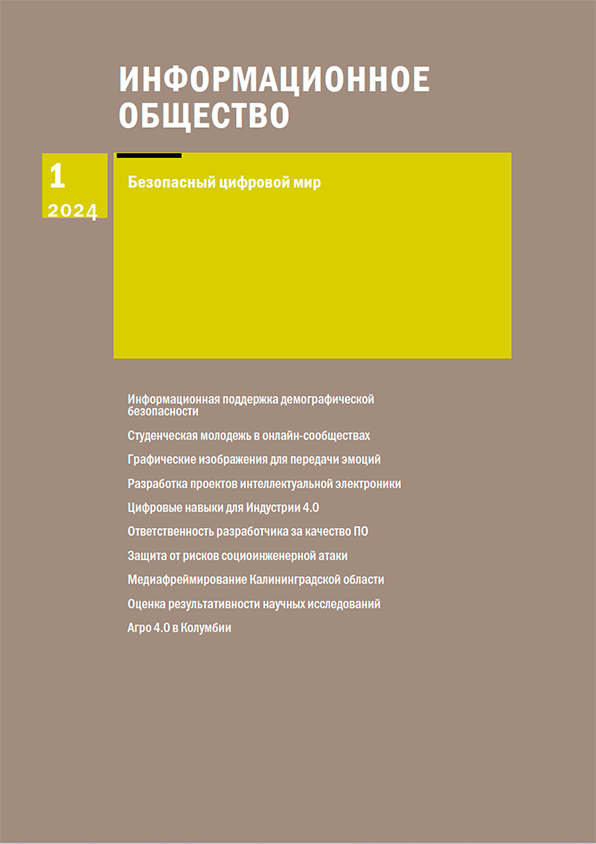Assessing the digital capital of older teenagers
Keywords:
digital capital, digital divide, older teenagers, digital literacy, digital skills, digital technologies, Perm regionAbstract
The article attempts to assess the digital capital of older adolescents (students of grades 8-11 of secondary schools). As a methodological basis, the study used the approach to digital capital proposed by M. Ragnedda. The assessment of digital capital was carried out on three components corresponding to different levels of the digital divide: digital access, digital literacy, benefits from the use of the Internet. As an empirical base, we used the results of a sample survey of students in grades 8-11 of secondary schools in the Perm Territory (N=924). As a result of the analysis, conclusions were drawn about a fairly high level of formation in the surveyed group of older adolescents of such components of digital capital as digital access and digital literacy. The main access method for adolescents is a personal smartphone with mobile Internet and Wi-Fi at home. At the same time, there is a high degree of online involvement of adolescents, when the vast majority spend more than three hours a day online. The results of the analysis of adolescents' self-assessment of their skills in working with digital technologies and digital content showed that more than half of older adolescents can be attributed to the group with a high level of development of such skills. Most of the surveyed high school students note the important role of digital skills in various areas of their lives. At the same time, in the course of assessing the effects of the use of digital technologies for life, it was revealed that the main area of their application for high school students is entertainment (leisure) activities. Almost half of the surveyed high school students use the Internet for study, and only a few - for labor (entrepreneurial) activity. At the same time, we can talk about the continuing digital inequality among schoolchildren at all levels of the digital divide, primarily due to their gender and area of residenсе.
Published
How to Cite
Issue
Section
Copyright (c) 2024 Светлана Николаевна Костина, Ольга Николаевна Новикова

This work is licensed under a Creative Commons Attribution-NonCommercial-ShareAlike 4.0 International License.
